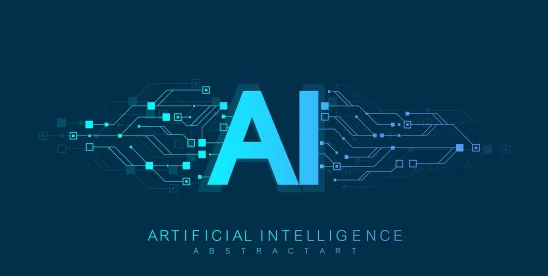The Department of Labor's (DOL) May 16, 2024 guidance, Artificial Intelligence and Worker Well-Being: Principles for Developers and Employers, published in response to the mandates of Executive Order 14110 (EO 14110) (Executive Order on the Safe, Secure, and Trustworthy Development and Use of Artificial Intelligence), weighs the benefits and risks of an AI-augmented workplace and establishes Principles to follow that endeavor to ensure the responsible and transparent use of AI.
The DOL’s publication of these Principles follows in the footsteps of the EEOC and the OFCCP’s recent guidance on AI in the workplace and mirrors, in significant respects, the letter and spirit of their pronouncements.
While not “exhaustive,” the Principles” should be considered during the whole lifecycle of AI” from ”design to development, testing, training, deployment and use, oversight, and auditing.” Although the DOL intends the Principles to apply to all business sectors, the guidance notes that not all Principles will apply to the same extent in every industry or workplace, and thus should be reviewed and customized based on organizational context and input from workers.
While not defined in the Principles, EO 14110 defines artificial intelligence as set forth in 15 U.S.C. 9401(3): “A machine-based system that can, for a given set of human-defined objectives, make predictions, recommendations, or decisions influencing real or virtual environments. Artificial intelligence systems use machine- and human-based inputs to perceive real and virtual environments; abstract such perceptions into models through analysis in an automated manner; and use model inference to formulate options for information or action.”
Good News and Bad News of AI
The DOL notes that implementation of AI in the workplace will create demand for workers to gain new skills and spur training to learn how to use AI in their day-to-day work. In addition, the guidance notes that AI will also continue creating new jobs, including those focused on the development, deployment, and human oversight of AI.
As the guidance warns, however, AI-augmented work also poses risks to workers, including the loss of autonomy and direction over their work and a potential decline in job quality: “The risks of AI for workers are greater if it undermines workers' rights, embeds bias and discrimination in decision-making processes, or makes consequential workplace decisions without transparency, human oversight and review.” Moreover, in its final dire prediction, the guidance notes that the use of workplace AI also risks displacing workers from their jobs.
The Principles
The DOL posits the following Principles to employers to maximize the benefits of AI while minimizing the risks of its implementation:
- Worker Involvement: Ensure workers, especially from minority groups, are not only informed about the use of AI but have “genuine input in the design, development, testing, training, use and oversight of AI systems” used in the workplace.
- Ethical AI Development: Design and deploy AI systems to safeguard workers. This Principle can be understood to mean that AI systems should not be biased or create algorithmic modeling that may result in disparate treatment of protected individuals or otherwise harm workers.
- AI Governance and Oversight: Establish clear, communicated procedures and oversight for workplace AI.
- Transparent AI Use: Employers must openly communicate their use of AI to employees and applicants for employment. While the DOL does not elaborate on this Principle, employers should provide applicants and employees with notice on employment applications, company websites, and/or employee handbooks of the use of AI.
- Protecting Workers' Rights: Ensure AI systems respect workers' rights. This may be read in conjunction with rights established under any applicable union or employment contracts as well as applicable law.
- Empowering Workers with AI: Use AI to empower and enhance job quality for workers. The AI tool or system should “assist,” “enable” and “complement,” work, rather than replace workers generally or negate human oversight.
- Supporting Workers Impacted by AI: Assist and train workers during AI-related job changes.
- Responsible Worker Data Use: Minimize data collected, used, or created by AI systems. Use of such data should be “only” to support “legitimate business aims” and handled and secured responsibly.
Takeaways
The Principles are not enforceable regulatory mandates, but are likely to be considered by the DOL in investigatory endeavors in response to an applicant or employee complaint with regard to the development or deployment of AI in the workplace and certainly may come under consideration in negotiated collective bargaining, as both employee and union representatives will take particular note of these Principles as regulatory guideposts.






 />i
/>i
